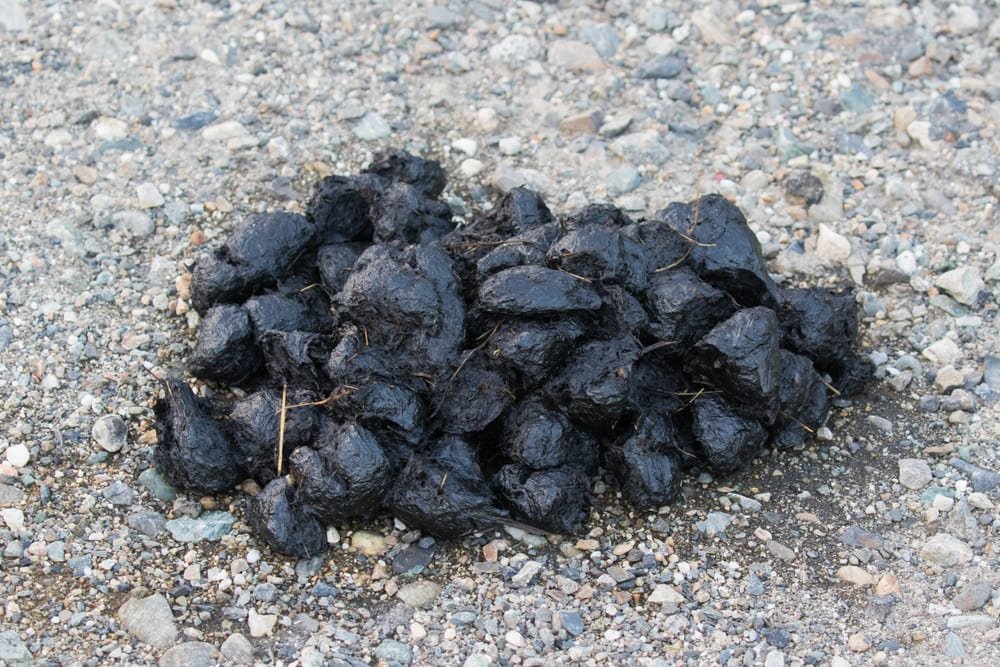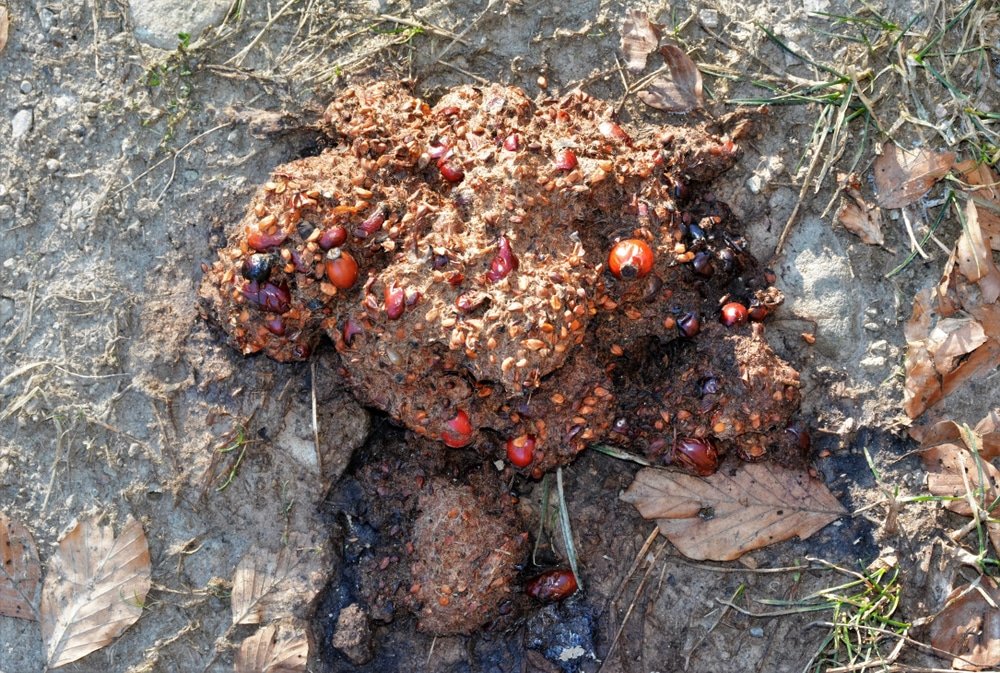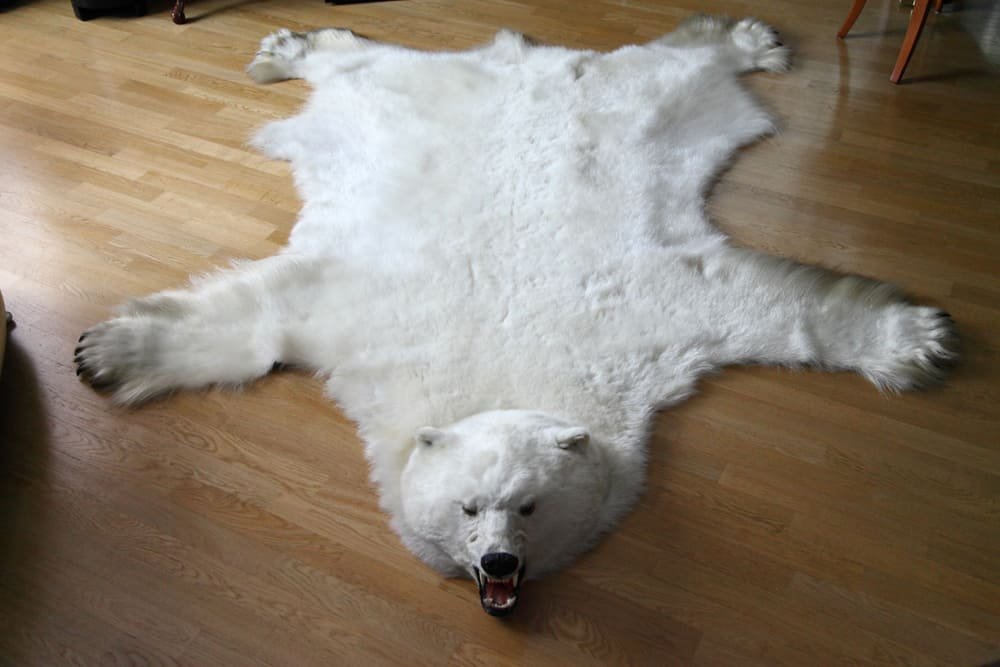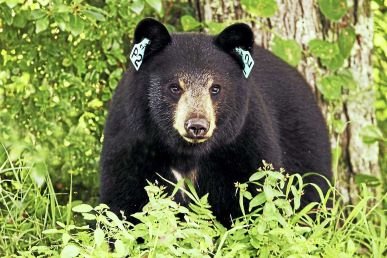Ever wondered what secrets lie hidden in the woods? Believe it or not, a pile of scat can tell you a surprising amount about the furry (or not-so-furry) resident who left it behind. Welcome to bear scat, your one-stop guide to decoding the wilderness through the fascinating world of scat analysis!

Let’s face it—you’ve probably stumbled upon this blog with a grimace and a silent prayer that it’s not what you think. But fear not, nature enthusiasts! While “Bear Scat” might not be the most glamorous topic, it’s a treasure trove of information waiting to be unearthed.
I’m Jim Kitts, and I’m here to turn your frown upside down (or at least point it in the right direction) regarding bear scat identification. Believe it or not, this seemingly unpleasant topic is key to unlocking knowledge about the animals that share our wilderness.
Bear scat identification can help in understanding bear patterns, food sources, and travel areas, making it an invaluable tool for hunters and outdoor enthusiasts.
So, grab your metaphorical shovel (or perhaps a good pair of binoculars) and join me on this journey through the fascinating world of bear scat – and maybe even learn to appreciate (or at least tolerate) a pile of poop in its natural habitat!
Black Bear Scat: An Essential Guide

Bear scat – known as bear droppings – is a goldmine for wildlife enthusiasts and researchers. Identifying black bear scats can be challenging, especially when differentiating them from grizzly bear scats based on size and track characteristics. Why? Because it offers deep insights into the lifestyle of these majestic creatures. Here’s everything you need to know.
What is Bear Poop?
Bear scat is the result of a bear’s digestion. After a bear eats, whatever it can’t use becomes waste. The appearance varies based on the bear’s diet, which affects the smell, quality, and consistency of its excrement, as well as its habitat and species.
Size & Shape: Generally, black bears leave behind droppings that are 0.5 to 1 inch in diameter. The larger grizzly bears, however, can produce scat up to 2 inches in diameter.
Color: Depending on their diet, scat ranges from dark brown to black.
Why Study Bear Scat?

It is crucial to identify bear scat to effectively understand bear patterns, food sources, and travel areas. Identifying bear scat helps hunters and outdoor people practice good bear country protocol and distinguish it from other droppings commonly found on trails. This knowledge is invaluable for hunting and fishing in bear country.
Studying bear droppings can reveal a lot:
Diet Analysis: Bear scats give clues about what bears eat, from berries to insects. Their diverse contents and appearance can vary based on the foods bears consume, such as fish, insects, and other animals.
Health Checks: Abnormalities in scat can suggest potential health issues.
Conservation Insights: Bear poop helps in tracking population trends and understanding the impact of human activities on bear habitats.
Bear Scat Details to Note
Appearance: Identifying bear scat can be tricky due to the variation in bears’ diets. Black bear scat resembles large dog droppings, while grizzly scat is often more segmented.
Texture: This can vary depending on the bear’s diet. For example, fruit-heavy diets might result in softer scat.
Contents: From bones to berries, the contents offer valuable insights into a bear’s diet and health.
How to Identify Grizzly Bear Scat
Size & Shape: Black bear droppings are smaller and cylindrical, whereas grizzly bear droppings are larger and more segmented. Brown bears, which include grizzlies and Kodiak bears, vary in size and shape based on their locations, such as Wyoming, Montana, Idaho, Washington, and Alaska.
Contents: By examining the undigested bits in the scat, you can get an idea of the bear’s diet and potential health issues.

Behavioral Insights from Scat
Territory Marking: Bears mark their territory through scat. They often use specific areas called “latrines.”
Seasonal Changes: The composition of scat changes with seasons, revealing their varied diets throughout the year. Brown bears in regions like North America and Eurasia have distinct feeding patterns that influence their droppings. Their scat can vary in size, contents, and color, providing insights into their diet and the freshness of the droppings, which helps in understanding their presence in the area.
The Ecological Role of Bear Scat
Seed Dispersal: When you find bear poop, you can observe that its appearance and characteristics vary depending on the animal’s diet. For instance, when bears eat fruits, the seeds pass through their system and are deposited elsewhere via scat. This aids in seed distribution and even boosts germination chances.
Conclusion – Scat in Bear Country
Bear scat is more than just waste—it’s a key to understanding bears’ behavior, health, diet, and ecological role. Studying it can teach us about these remarkable creatures and their contribution to the ecosystem. Moreover, it emphasizes the interconnectedness of nature, where every piece, however small, has its unique place and function.
One recommendation – if you see bear scat, you probably should be carrying bear spray.






Thanks for sharing. I read many of your blog posts, cool, your blog is very good.
I was looking at some of your blog posts on this internet site and I think this web site is real informative!
Keep on putting up.Blog monetyze